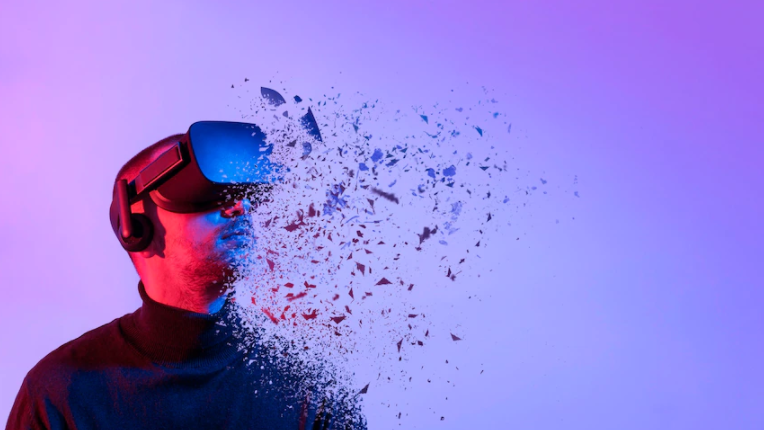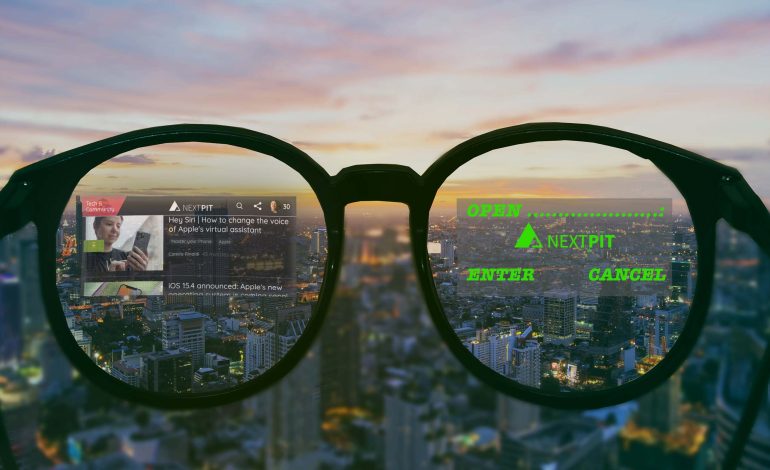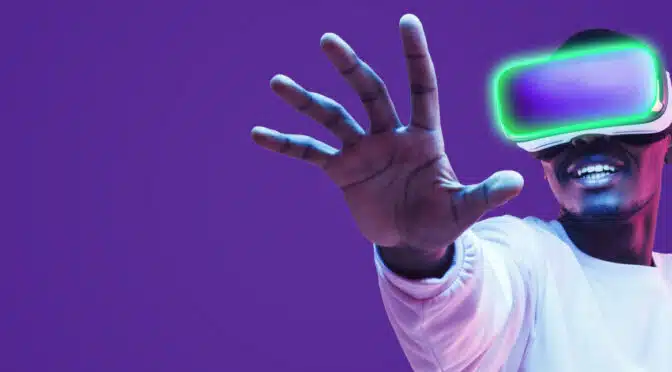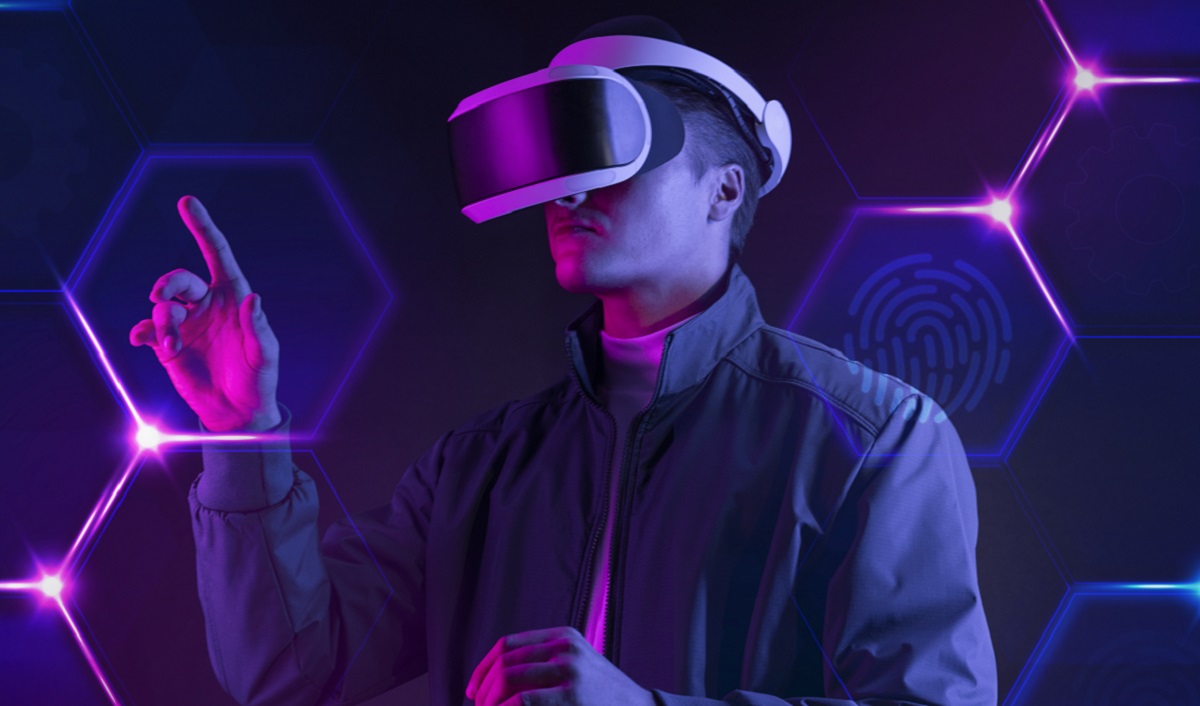How Could The Manufacturing Sector Utilize Extended Reality?

The manufacturing business could transform because of extended reality. Manufacturing may become more innovative and efficient by incorporating comprehensive reality. Businesses in manufacturing and other sectors are constantly seeking methods to enhance their operations. Efficient, prosperous, fruitful, and inexpensive.
Because of how quickly technology is developing, many organizations have realized that employing immersive technology within their operations can assist in solving several issues, including the expensive or slow development of goods, the complexity of training requirements, etc.
In the past, technology was seen as only a tool to improve the entertainment industry. In truth, XR is rapidly gaining acceptance across various industries, including manufacturing. Anyone who is employed in the manufacturing industry is aware of how fiercely competitive the industry is. Businesses are under pressure to create new products more quickly, safely, and affordably with the least amount of waste.
Extended Reality’s Increasing Impact on Manufacturing

The COVID-19 pandemic is probably related to the general use of cutting-edge manufacturing technologies. According to the 2023 State of Manufacturing Report, 95% of manufacturers believed the virus would have a long-term effect on their industry. As a result, industry 4.0 saw a considerable boost.
One of the most potential manufacturing technological innovation areas is AI, ML robotics extended reality (XR), data analytics, and IoT development. By 2023, nine out of ten businesses will have boosted their investment in digital transformation, choosing Extended Reality (XR) as one of their most beneficial options.
Various Extended Reality Use Cases in the Manufacturing Sector
While it was initially believed that the extended technology was just meant to be used for entertainment, it is now proving valuable in various fields, including the manufacturing sector. Manufacturing firms are already starting to work with businesses like Varjo and Magic Leap that have developed solutions exclusively for professionals utilizing sophisticated technology and tools.
With XR, industrial businesses may develop better procedures to support their workers and lower hazards on the factory floor. The same technology can hasten time to market, improve product development, and pave the way for ground-breaking teamwork.
Here are a few instances of how XR is used in manufacturing and industrial settings.
Effective Instruction and Direction
Many personnel in manufacturing companies spend their days operating numerous machinery. It’s crucial to know how to use these technologies securely and effectively. In-depth training is frequently required by businesses to support their personnel.
However, employee training in the manufacturing or industrial sector can take time and effort. The company’s operations will frequently be disrupted and can become quite expensive when an employee needs to be personally trained on how to handle a brand machine. But with XR, it is feasible to benefit from chances to instruct team members without interruption.
Quicker upkeep and repairs
A single issue in the manufacturing setting could completely disrupt a production line. Getting professional support as quickly as possible is essential to getting a business back on track if problems emerge. Good news! Extended reality can help with this. Employers in the industrial sector can send expert-level photographs of their equipment to distant experts using augmented reality and mixed reality devices to get rapid feedback and insights.
They can even employ programs connected to a set of smart glasses. The team member can utilize these glasses to identify the equipment parts that engineers need to work on or show them the most crucial diagrams. Repairs can go more quickly if experts are available right away. Even the necessity for engineers or personnel to physically visit a spot may be removed.
Product Development Quickly

Teams can discuss ideas for new goods and interact with digital machinery models in a cohesive and collaborative environment that virtual reality in the industrial sector offers. Additionally, it makes it easier to experiment with novel materials and ideas without building models from scratch. Reduced time lost moving from one step of production to the next could be another benefit it provides businesses.
Extended Reality’s Advantages for the Manufacturing Sector
Using all four types of learning that are well-known and accepted: visual, written, auditory, and motion. Extended reality enables students to develop deeper intellectual and emotional ties to their subject area, providing more pertinent learning. The outcome is a safe, realistic work environment with real-world experience.
Uninterrupted Learning
The extended reality in manufacturing training provides a space devoid of distractions because participants are entirely absorbed by their environments and the information they receive. The stronger the students’ ability to concentrate on the presented material, the less distracted they are.
More mentally and visually stimulating instruction
The vibrant three-dimensional interactive architecture of XR enables learning to be more visually based than conventional training because over 90% of the information processed in our minds is dependent on visual input. As a result, studies reveal an improvement of 80% in students’ ability to retain the information they see and feel.
Practical Training That Keeps Businesses Operating
In the past, trainers frequently needed to halt production or remove crucial machinery from the line to provide training. It is optional to spend this additional money when XR delivers the curriculum. XR’s training ensures that critical industrial equipment is functioning and boosts overall productivity while training sessions are being conducted, offering more participatory learning.
The optimization of logistics
A fully connected system that can locate necessities like supplies, products, and equipment to employees can be created with the rise of extended reality technologies like AR VR, MR landscape, and MR landscape. This will speed up employee work and cut down on waste. Take DHL into consideration, as they have mobile devices, and smart glasses installed that assist staff in finding their equipment more quickly while lowering shipping and packing errors.
Improved Data Analysis
For businesses to succeed in the digital age, data is crucial. In the past, analysts used questionnaires, surveys, and other methods to obtain client input. Through specialized metrics such as eye tracking, biofeedback, heart rate monitoring, and more, XR enables the tracking of customer behavior throughout their encounters.
Extended Reality: Manufacturing’s Future
We quickly learn that extended reality technologies are not limited to the collaborative or entertainment industries. Virtual and augmented reality allows firms to design and build products more rapidly without endangering their staff. Increasing the effectiveness of employee training and giving them the guidance they need to complete even the most challenging assignments





